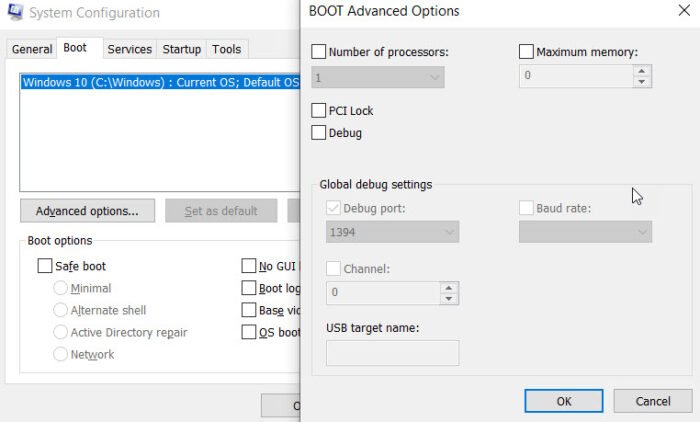
So, the technically incompatible configuration is likely not the cause. Update: Decided to rebuild the machine as Windows 2008R2 in order to see if it would change or fix the issue, but it persisted. Any insight you guys have would be immensely appreciated. Is there something that could be messing with how the variable is generated? What process does Windows even use to set this number? I know that it can be edited, but it's just reset after reboot, so that doesn't really help. I was able to verify that both processors are installed and detected by the machine via msinfo32 and device manager. The blade is running Windows 7 Enterprise, and the NUMBER_OF_PROCESSORS variable reports 14 processors, but there are two 14 core processors installed in the machine, so we should be seeing double that number.

Windows 2000 would recognise more than one CPU but only if it was installed on a system where both CPUs were in place. It sounded good but in the case of Windows 9x, one CPU or one core in the case of multi-core CPUs, was all that would ever be recognised, This isn’t to say that Windows 9x wouldn’t run on a multi-CPU/core PC because it would, but only ever use one of them. In the old days before multi-core CPUs, not so far back to the days when there was one primary CPU socket and another for a co-processor, if you had a motherboard which had two processor sockets, 1 and 2, the setting in MSCONFIG would allow the user to inform Windows that there would be two CPUs available.

I honestly believed that it was a throwback or compatibility issue with multi-socket motherboards which used to be more freely available than they are now. For a while now, I have been making a wrong assumption about the ‘number of processors’ setting in MSCONFIG.


 0 kommentar(er)
0 kommentar(er)
